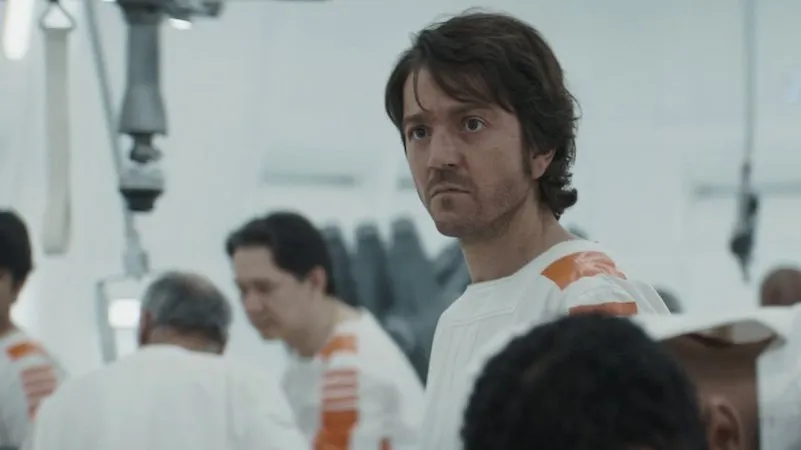Andor is the best Star Wars product Lucasfilm has made in years thanks to its mature themes, how it’s developed them, and how it’s expanded upon its protagonist’s backstory.
RELATED: Explained: Does Andor Take Place at the Same Time as Star Wars Rebels?
Ahead of the Disney+ series’ debut, expectations were pretty high for a new installment in the ever-expanding Star Wars universe — especially since the project tied into the most universally-acclaimed Star Wars movie in years, Rogue One: A Star Wars Story. At the same time, Andor didn’t generate the buzz of the other recent series like The Book of Boba Fett and Obi-Wan Kenobi, as it wasn’t as tied to nostalgia while telling a meaningful story. Considering all the recent live-action releases, though, it was a coin toss. Would Andor be as good as The Mandalorian or as flavorless as Boba Fett and Obi-Wan Kenobi? With 10 episodes already in the books, the show following Cassian Andor’s path to joining the Rebel Alliance is even better than all the previous series when it comes to quality.
While Andor can’t compete with Mando and Grogu in popularity, it sure does present a more mature plot. Creator Tony Gilroy went beyond the traditional — sometimes dull — story of good against evil. The very pilot of the series puts Andor in the spotlight as an unconventional hero after he shoots down two Pre-Mor guards who were bothering him on Morlana One. The guards weren’t some clueless clones but two humans who happened to be morons. Their death had profound implications, leading to Syril Karn’s investigation into Andor’s affairs. Star Wars hasn’t had such a morally questionable hero since Han Solo’s introduction and Anakin Skywalker’s turn to the Dark Side. What makes Andor so retable is that he’s not the traditional White (Jedi) Knight. Some other appreciated mature content includes hints at sex and foul-mouthed language.
Perhaps, the peak of the series to date was Andor’s imprisonment. Once more, Star Wars showed how cruel and vicious the Galactic Empire was with its dissidents. Unlike in the past, where an open battle between two sides was depicted, this time, the subject of the Empire’s cruelty was people who did nothing other than being in the wrong place at the wrong time. The Empire didn’t arrest Andor because it was aware he was part of the heist on Aldhani, but because he looked vaguely suspicious. Episodes 8, 9, and 10 are a superb portrayal of how fascism works and a (not so) subtle criticism of capitalism. How could the Empire create some of its most significant projects like the Death Star and have the resources to dominate the vastity of its extension? Well, thanks to unpaid workers.
RELATED: Andor Explained: Where Does Preox-Morlana Fit in the Star Wars Canon?
Fans already know Andor’s fate is to die during the Battle of Scarif after securing the Death Star plans. It was pivotal to show the exceptionality of the character properly. As much as Andor is a gunslinger, it has been shown that he’s also a leader that people want to follow, whether to pull a heist and steal the payroll of an Imperial sector or to escape a strict prison. The good news is that Andor’s adventures are far from being over, since a 12-episode sophomore season is coming fans’ way.
Make more content like Andor, Lucasfilm. Please.










